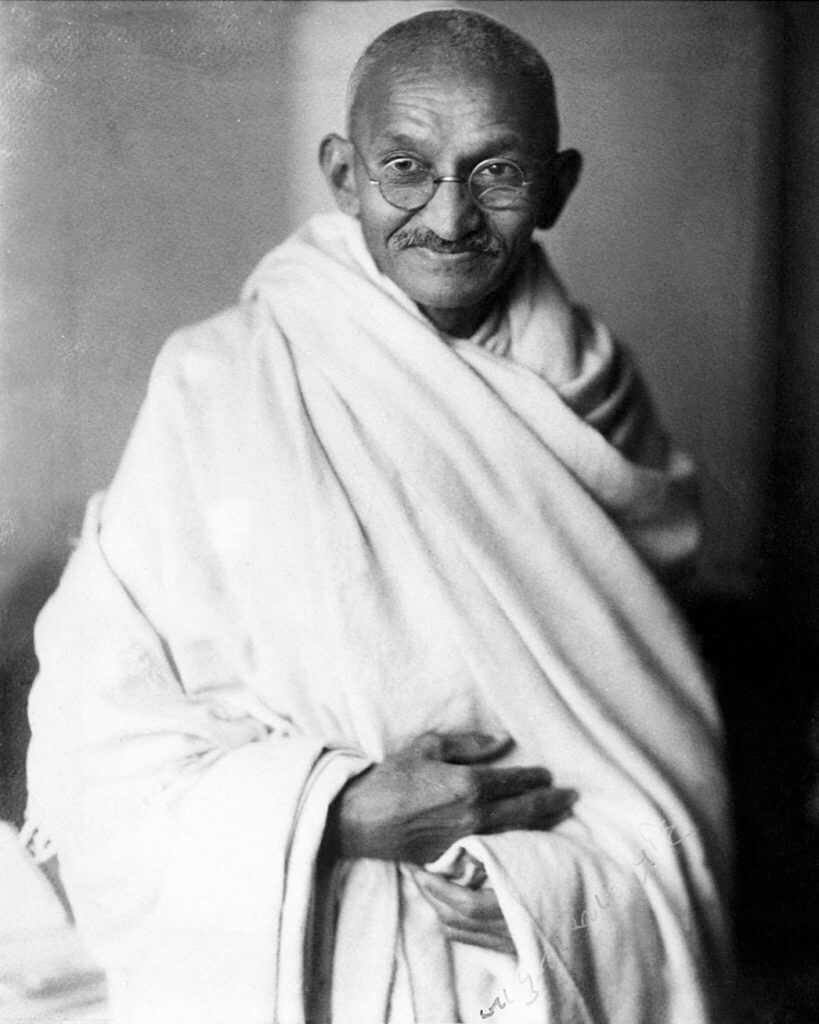
Estimated reading time: 11 minutes
Mohandas Karamchand Gandhi has become a bit of a trope. Born in 1869 and popularly known as Mahatma Gandhi, the man was an Indian revolutionary and anti-colonial nationalist who famously devoted his life to nonviolent resistance to oppression. His peculiar pacificist choices amidst a world veritably awash in bloodshed earned him the honorifics “Venerable” and “Great-Souled.” His example went on to inspire many such figures in subsequent years, the most notable of whom was likely Martin Luther King Jr.
Table of contents
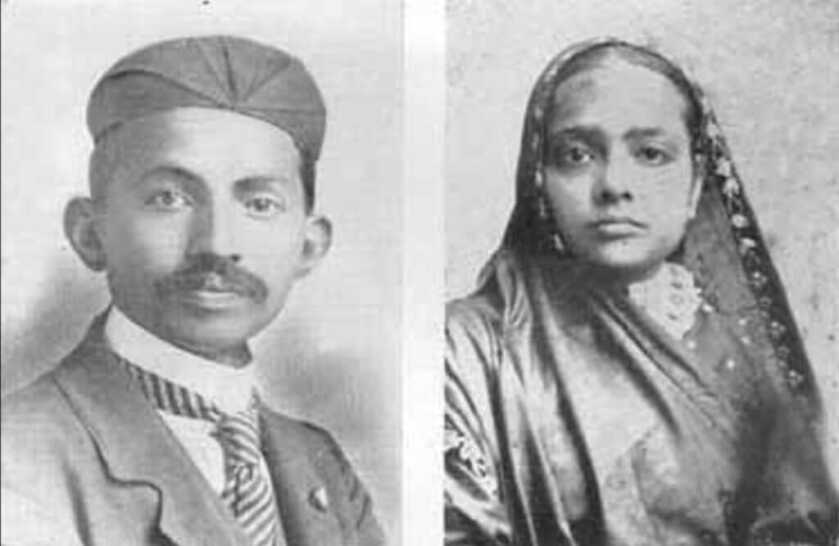
The Beginnings Of Gandhi
Gandhi was raised in a Hindu family in the seaside area of Gujarat. At age 13 he married a 14-year-old girl in a wedding arranged by his family. He later said of the event, “As we didn’t know much about marriage, for us it meant only wearing new clothes, eating sweets, and playing with relatives.” I cannot really comprehend Indian customs.
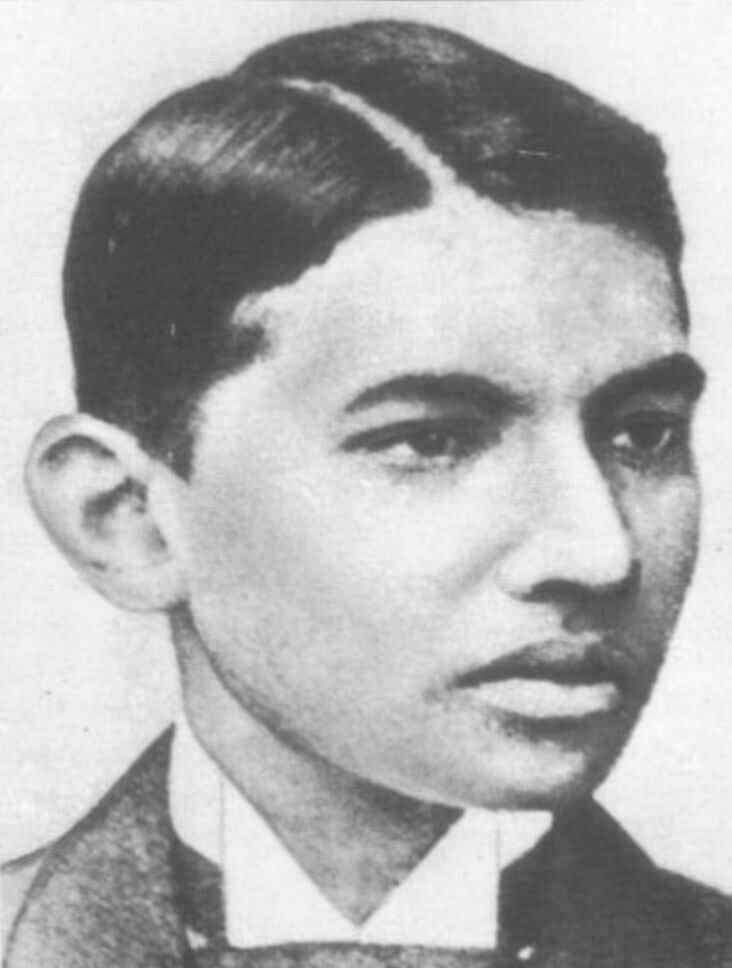
The couple had their first child when his wife was seventeen, but the infant died after only a few days. Gandhi finished high school at eighteen and then went abroad. He was trained in London as a lawyer, graduating in the summer of 1891. His Indian law practice failed, so he moved to South Africa to pursue more lucrative opportunities. He lived there for the next 21 years before returning home.
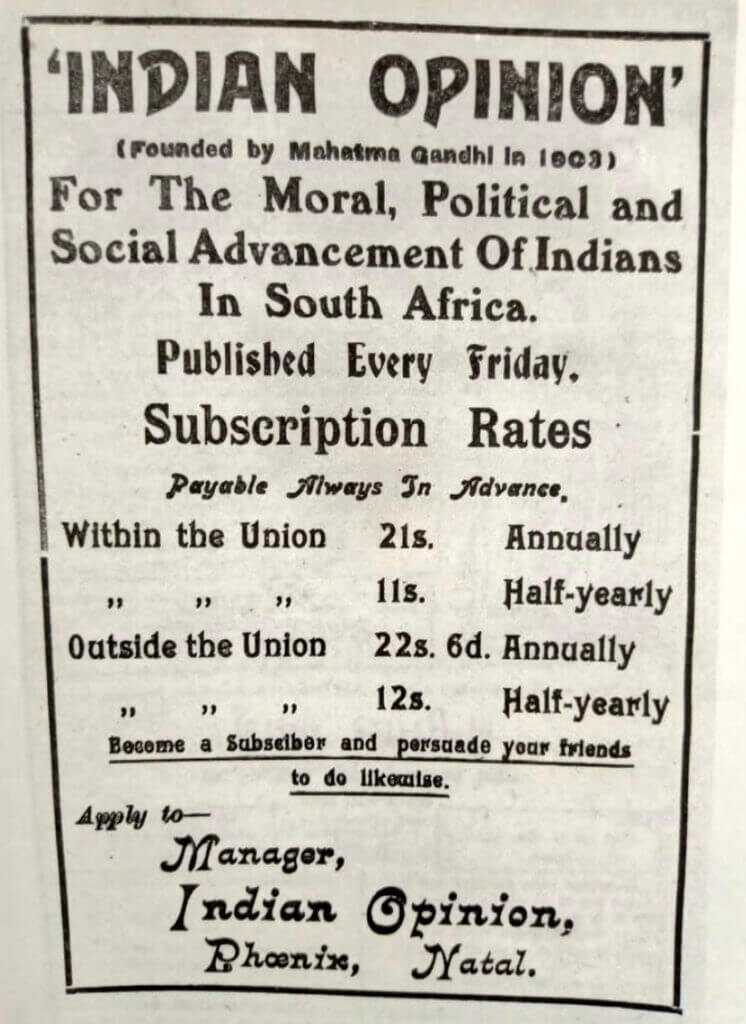
A New Worldview
Gandhi’s time in South Africa shaped his worldview. He returned to India in 1915 as a committed Indian nationalist and what we might these days call a community organizer. At this point in Indian history, his country was still an integral part of the British Empire. Gandhi set out to remedy that. Along the way, he made some powerful enemies.
I lack the historical acumen to accurately capture the state of that part of the world at that point in history. The complexities of geopolitics in a place where folks get married at 13 escape me. However, I get paid to do this, so I’ll give it my best shot.
As a point of personal privilege, we’ve been at this for some years now. There are literally hundreds of these columns in circulation. I learn a little something new every time I pull one together. I simply cannot tell you how much I enjoy it. Were it not for you guys reading this stuff I wouldn’t have the opportunity to do them. No kidding, thanks. Now back to the fascinating struggle for Indian independence…
The British Empire
The British governed much of the world and skimmed the largess for themselves. As you might imagine, this did not sit well with the peons who were digging the wealth out of the ground. This resulted in a groundswell of resistance against colonial rule that more or less continues to this day.
As the British began to relax their grip on their overseas holdings, the world began to fray at its edges. Sticky stuff like determining the borders between independent India and Pakistan ultimately sparked bloodshed that has never fully abated. It was the power vacuum that resulted from the British exit from Palestine that resulted in the bloody horror that is the Middle East today. We can all see how well that played out. Gandhi remained rigidly committed to a campaign of nonviolent resistance throughout.
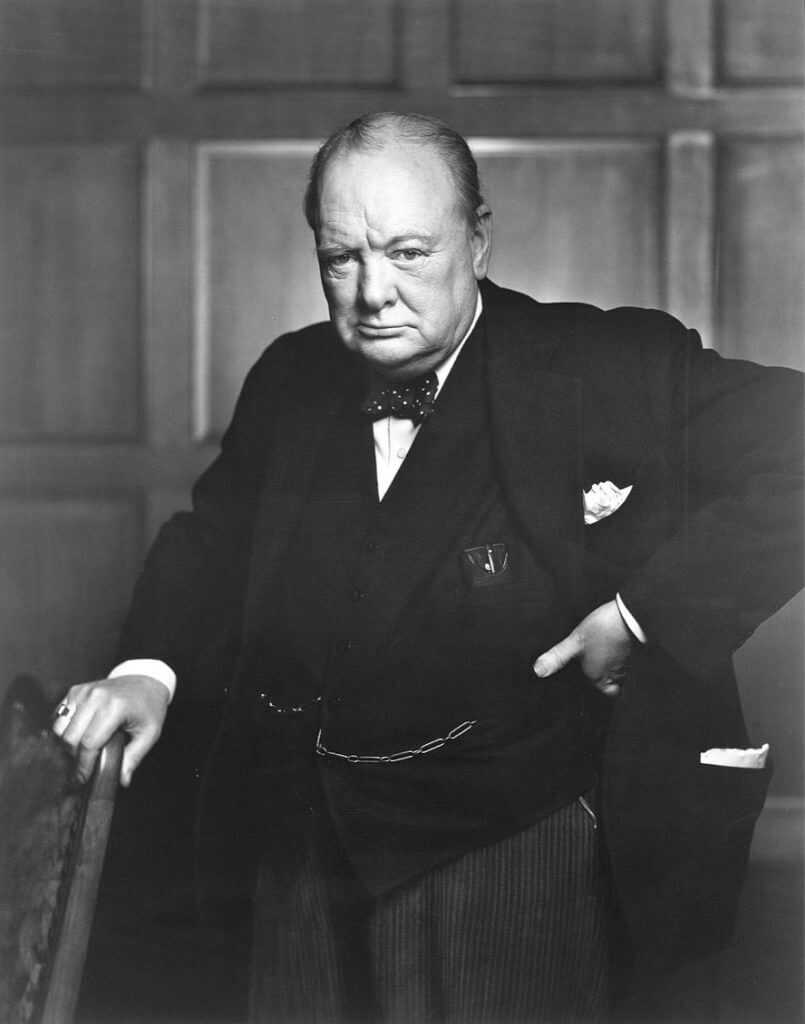
Unpopular Philosophy
There resulted in uprisings, reprisals, and massacres beyond my capacity to catalog. Throughout it all Gandhi got skinnier, frequently fasting as a form of protest. By the 1920s, Gandhi was a folk hero to his people while being reviled by much of the world’s establishment. In 1931 Winston Churchill wrote, “It is alarming and also nauseating to see Mr. Gandhi, a seditious Middle Temple lawyer, now posing as a fakir of a type well known in the East, striding half-naked up the steps of the Vice-regal palace….to parley on equal terms with the representative of the King-Emperor.”
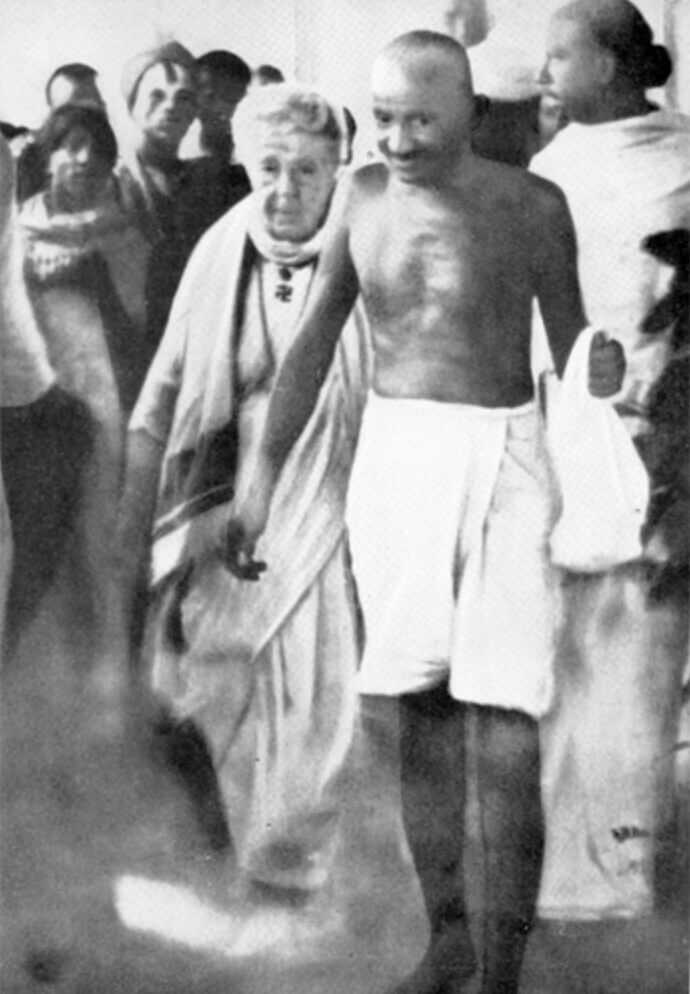
Churchill saw Gandhi as a charlatan who used Indian nationalism as a tool to enhance his personal state. He called him the “Hindu Mussolini” and accused him of trying to spark a race war. While these accusations enhanced Churchill’s standing among the British people who saw their imperial holdings slipping away, they also increased support for Gandhi and his cause in Europe and elsewhere.
Some Rough Consequences
By the middle of the Second World War, Gandhi and his wife were in prison for their resistance to British rule, among other things. His wife died there in 1942. Gandhi was released in May of 1944 at age 75 out of fear that he would die in jail and inspire further uprisings.
After the war, the British were indeed finally ready to call it quits. They had run the world for generations and were now inclined to take a breather. However, now that the Indians had earned their independence they had to figure out what to do with it. That was easy to talk about but tough to do.
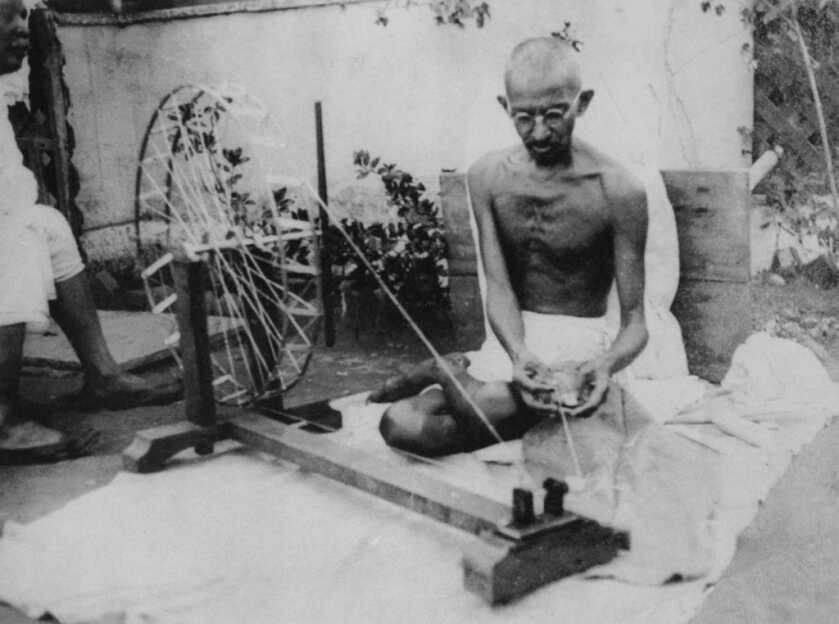
Once the British pulled out, the Muslims and Hindus in India began killing each other wholesale. More than half a million people perished in the subsequent sectarian religious riots. Millions more migrated in an effort to settle with folks who shared their worldviews. Throughout it all Gandhi fasted and worked at a spinning wheel as an example of nonviolence to his countrymen. However, by now the streets were strewn with corpses. Such rampant bloodshed, once unfettered, can be difficult to control.
The Assassination Of Gandhi
On the afternoon of 30 January 1948, Gandhi and his grandnieces were en route to a prayer meeting. They were surrounded by the sort of entourage that leaders like Gandhi accumulated. Among this crowd was Herbert “Tom” Reiner, the vice-consul at the American embassy in Delhi. Now hold that thought.
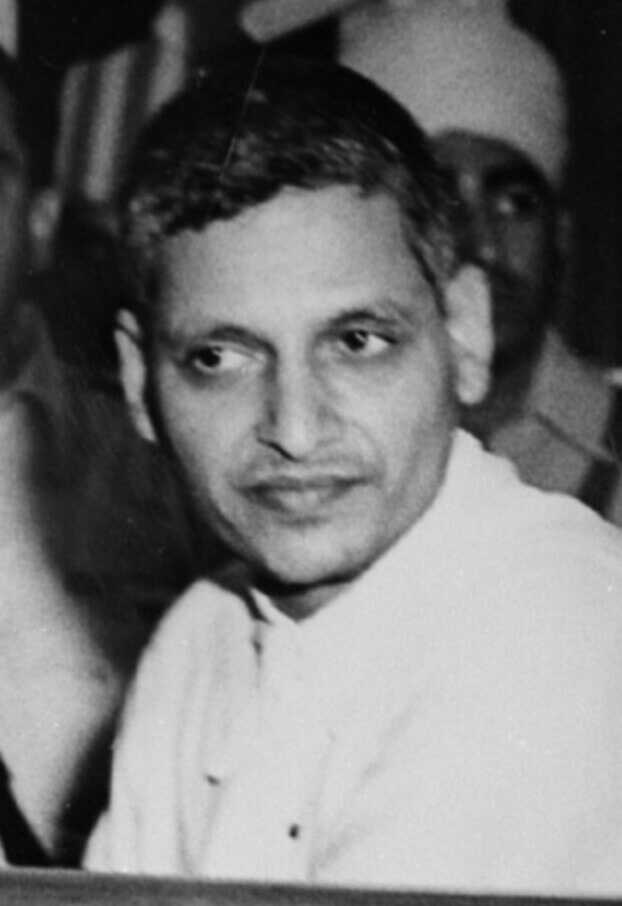
Nathuram Godse was a Hindu nationalist who had actually attempted to assassinate Gandhi on two previous occasions and failed. He was a member of the Hindu para-military organization the Rashtriya Swayamsevak Sangh (RSS). He and his mates were perturbed with Gandhi for having been overly accommodating to Pakistan during the post-colonial partitioning process. As Gandhi walked through the garden toward the meeting, Godse stepped out of the crowd and fired four rounds from a Beretta M1934 pistol at close range. Three of them connected.
The Gun – Beretta M1934

The Beretta M1934 used by Nathaurum Godse that fateful day, serial number 606824, was manufactured in 1934. This particular weapon had been carried by an Italian officer during the invasion of Abyssinia and was subsequently captured by a British soldier as a war trophy. The particulars of how it came to India have been lost to history, but Godse was given the unlicensed firearm by a co-conspirator.
READ MORE: Dr. Dabbs – America’s First School Shooting
The Beretta M1934 was a simple semiautomatic blowback-operated pocket pistol chambered for 9mm Corto (.380ACP). The gun featured the classic Beretta open-slide architecture and fed from a single-stack, 7-round box magazine. The M1934 weighed 23 ounces empty and was produced from 1934 until 1991. 1,080,000 copies rolled off the lines. The M1935 was the same gun chambered in .32ACP. The M1934 saw widespread use among Italian, Romanian, and German forces during World War 2. It was a common war trophy brought back by victorious Allied soldiers.
Available on GunsAmerica Now
The Last of Gandhi’s Story
Gandhi was hit three times and fell to the ground immediately. His wounds were described thusly, “The first bullet from the assassin’s seven-bore automatic hit the belly 3.5 inches to the right of the middle and 2.5 inches above the navel; the second hit the belly 1 inch away from middle, and the third 4 inches away to the right.” One of Gandhi’s nieces later described the noise from the gun as deafening. She also stated that there was a great deal of smoke.
Gandhi was taken inside and placed on a bed. There were no medical personnel nearby and only a small first aid kit available. Bystanders attempted to render assistance, but the man bled out and died in short order. Some said it was within moments, others claimed it took half an hour. Regardless, the man so completely committed to a life of nonviolence had indeed been violently murdered.

Aftermath
BBC correspondent Robert Stimpson described the immediate aftermath of the shooting, “For a few seconds no one could believe what had happened; everyone seemed dazed and numb. And then a young American who had come for prayers rushed forward and seized the shoulders of the man in the khaki coat. That broke the spell…Half a dozen people stooped to lift Gandhi. Others hurled themselves upon the attacker…He was overpowered and taken away.” The American Tom Reiner had indeed been instrumental in preventing the escape of the assassin.
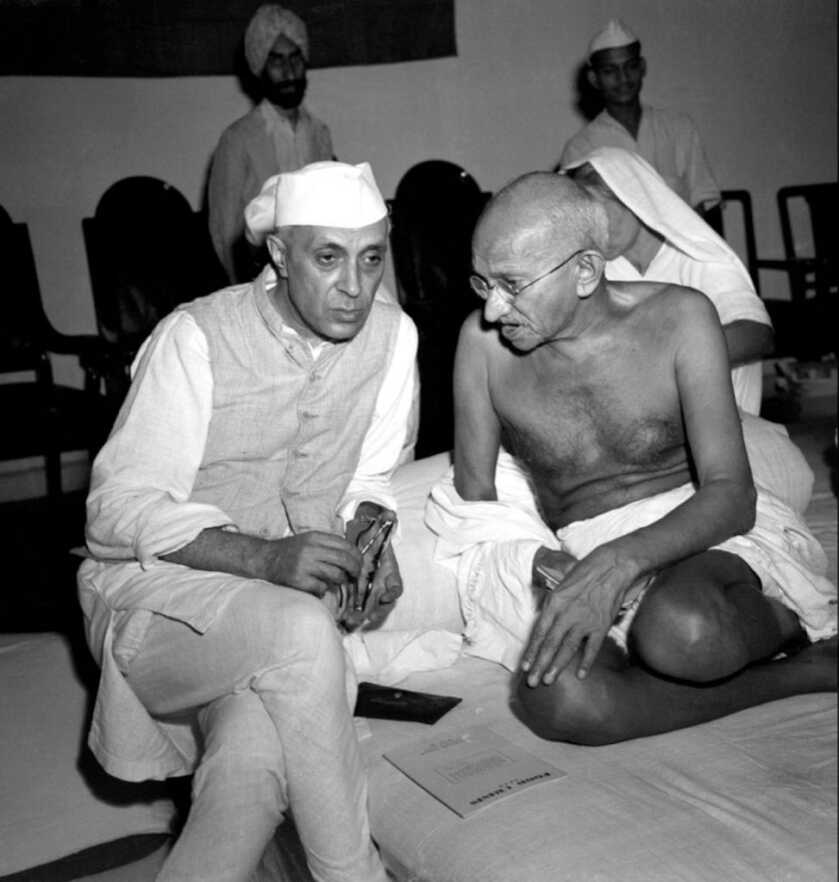
Nahuram Godse was convicted in the Punjab High Court and sentenced to death. Gandhi’s two sons Manilal and Ramdas petitioned the government for leniency. The Indian Prime Minister Jawaharlal Nehru was having none of that. Godse was hanged at Ambala Central Jail on 15 November 1949.
Ruminations
Fully half the states in our great republic now allow some sort of permitless Constitutional carry. In my own state of Mississippi, every proper crowd sports a smattering of responsible armed citizens. Much hay has been made over caliber and bullet selection for proper social use. I have harvested a bit of that hay myself.
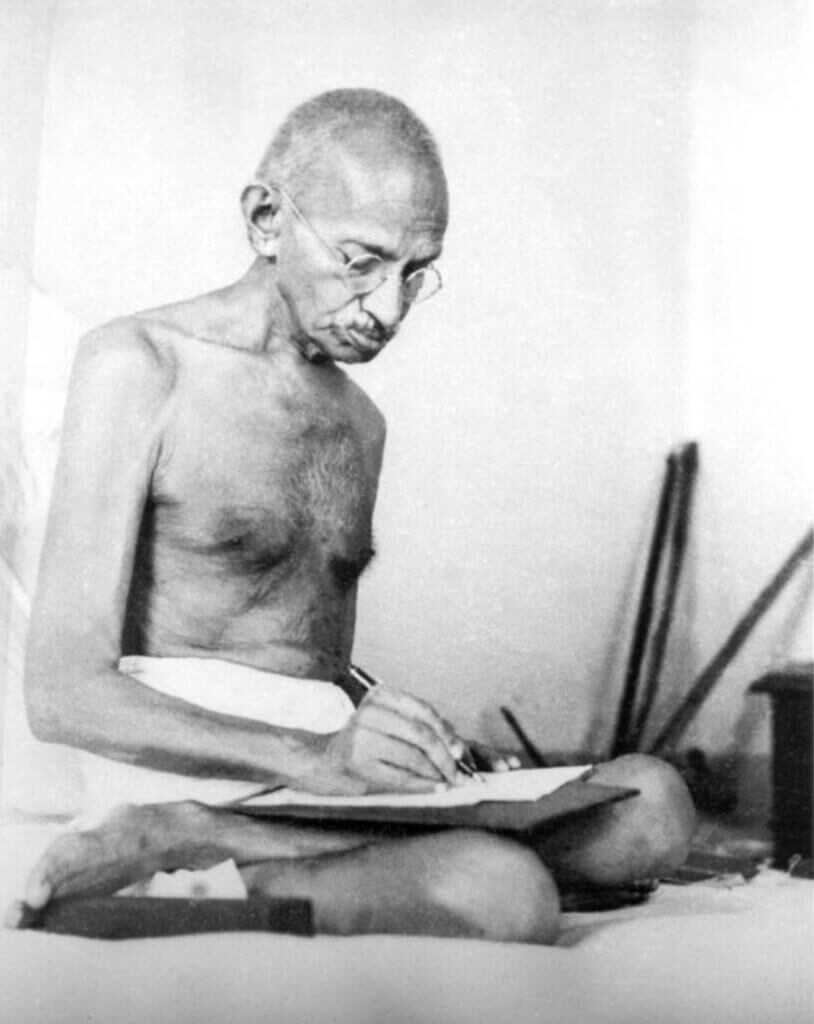
Most folks would say that a pocket pistol made in 1934 and firing smokey old .380ACP hardball ammo was inadequate for serious use. 78 at the time of his death, Mahatma Gandhi was admittedly both old and thin. However, three of these underpowered little bullets fired from an assassin’s gun still nonetheless extinguished his mortal light in short order. All guns, even old small ones, are clearly still potentially deadly in the wrong hands.
*** Buy and Sell on GunsAmerica! ***












The world sure could use a Winston Churchill today. And a Patton. And a Chesty Puller. And Mcarthur. A Ghandi? Pfffft.
good article
any bullet is quite lethal
one of the most horrific wars was began with a 32acp
I imagine if the doctor had been there history would be altered in either event
My family was closely associated with the Gandhis and my ancestor Dr P J Mehta was Mohandas Karamchand Gandhi’s “local guardian” in London when he was a student. There’s considerable information about this in Gandhi’s own autobiography and in other pieces that he wrote. Some excerpts are at this link that is hosted by one of my uncles who currently lives in San Jose CA.
The marriage at 13 took place at a time when life expectancy in India was 35 years. While the Gandhis were a wealthy family from Porbandar, they had always planned to send Mohandas to the UK to study, and that brought the fear of what might happen if he went there while he was single. A joke in those days went that Indians returned with the wrong LLD (the abbreviation for a law degree) ie they returned with their Land Lady’s Daughter. To wealthy Indian families, that was unacceptable.
While Gandhi was influenced by Thoreau’s document “Civil Disobedience” to create his own theories of nonviolence, he was also a passionate opponent of gun control, famously saying “Among the many misdeeds of British rule in India, history will look upon the Act which deprived a whole nation of arms as the blackest.” He was also one of the few people who could give Churchill as good as he got – his response to Churchill’s criticism over his meeting the king in a loincloth was a wry, “The king wore enough clothes for both of us.” In the end, it was his pacifism that got him killed as you rightly point out. Indian Hindus were not likely to accept the fact that millions were driven out of what became Pakistan, and many millions were slaughtered in the large scale rioting that accompanied the Partition of historical India. Families that had lived in different regions for centuries were driven out – my mother’s family among them. Nathuram Godse’s assassination attempt succeeded, while previous ones just days earlier had failed. Gandhi had refused to accept police security – again, due to his own pacifist views. His death, ironically, set off large scale rioting with the Indian National Congress Party targeting Godse’s Chitpavan Brahmin community for retribution, and killing thousands.
The 380 ACP is often ridiculed in the US for being underpowered. It was used for years in Europe by police and the military, and a single shot to each started WWI. (1 each to the Archduke Ferdinand and his wife, Sophie).
“Churchill saw Gandhi as a charlatan who used Indian nationalism as a tool to enhance his personal state. He called him the “Hindu Mussolini” and accused him of trying to spark a race war.”
Maybe the fat, old bugger, Churchill was right about Ghandi. When was growing up in India he was an Anglophile who dressed like a Brit (cultural appropriater) and broke his Mama and Papa’s hearts rejecting Hinduism. When he got to England he started dressing like an Indian and embraced his religon, enter the “charlatan”? Ghandi did NOT want freedom from Colonial Rule for the “savage” Africans (the quotes are out there) and he probably did NOT care one bit about the Irish Catholics either. The Indian culture was the caste system (very much like Britain’s class rule) that Ghandhi embraced, he considered the British as the “the predominating race” in South Africa. To barely dressed Ghandhi the racist and classist Indian society should be free from colonial rule but NOT the Blacks who were in his words in a state of “indolence and nakedness.”
I do not give a rusty flip about Ghandi’s skipping lunch and calling it a fast while wearing his unsightly attire. Only the Irish ever stood up to British rule to the slow agonizing death of the hunger strike.
I doubt the lefties that embrace people like Ghandhi, Darwin, MLK, John Brown, “X” or Mandela know any of the more telling facts about these frauds.
I, as well as plenty of others, look forward to getting my Monday morning email with your article. It’s the best part of it. Thank you.
Very interesting and well written article. Given the fact he was gut-shot three times, even with a small caliber weapon, unless they could have gotten him into immediate medical care he had little chance of surviving, even by today’s modern medicine.
Well written article – thanks. Self defense using a firearm has more to do with shot placement than with caliber. A well placed .22 caliber bullet will kill someone. A poorly fired .45 won’t.
If you carry, practice, practice, practice, so, if you ever have that bad day when you must draw your weapon, you will hit where you intend to,
Thank you, Dr. Dabbs, for an interesting and insightful column.